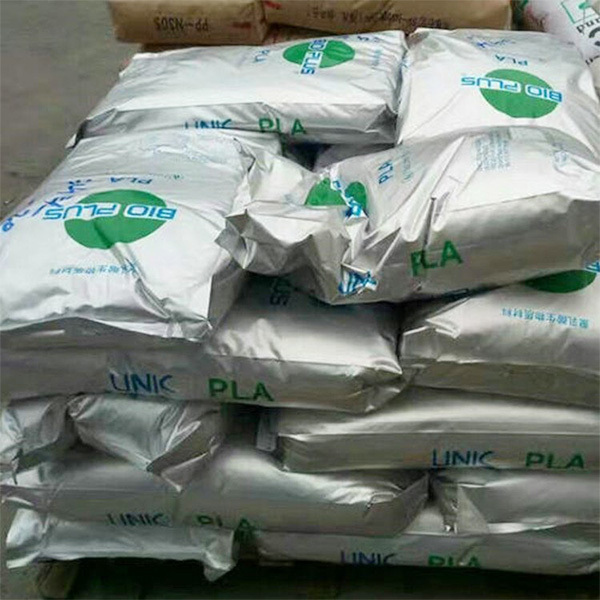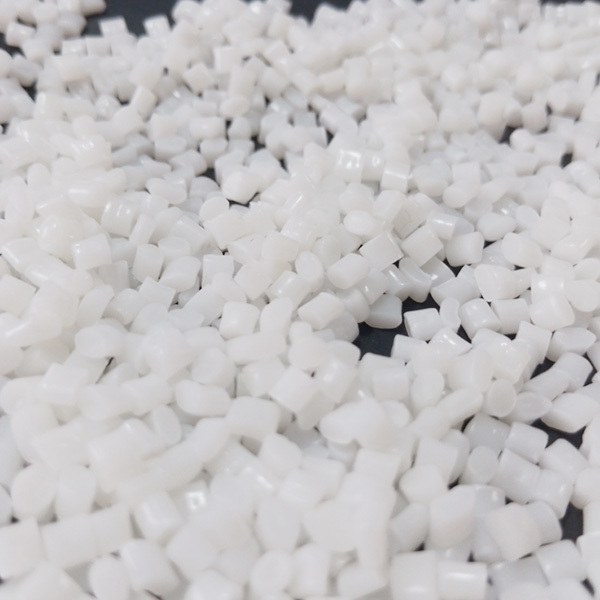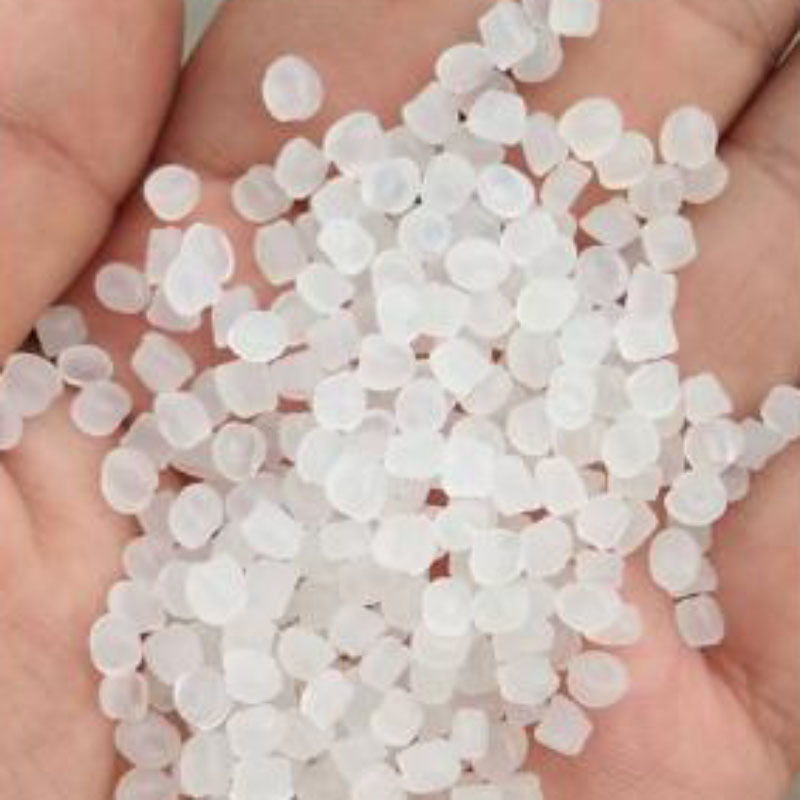Understanding PLA: A Comprehensive Insight into Plastic Raw Material
Release Time:
Jun 14,2025
Polylactic Acid (PLA) is a biodegradable and bioactive thermoplastic derived from renewable resources, such as corn starch or sugarcane. As a key player in the realm of plastic raw materials, PLA is increasingly favored for its environmentally friendly attributes and versatility. This article aims to provide a comprehensive overview of PLA, its properties, advantages, and various applications in t
Polylactic Acid (PLA) is a biodegradable and bioactive thermoplastic derived from renewable resources, such as corn starch or sugarcane. As a key player in the realm of plastic raw materials, PLA is increasingly favored for its environmentally friendly attributes and versatility. This article aims to provide a comprehensive overview of PLA, its properties, advantages, and various applications in the chemical industry.
One of the primary characteristics of PLA is its excellent mechanical properties, which include high strength and rigidity. These features make it an ideal candidate for a variety of applications, from packaging materials to disposable tableware. Additionally, PLA has a lower thermal resistance compared to conventional plastics, which allows for easy processing and molding, making it suitable for 3D printing and injection molding applications.
The environmental advantages of PLA cannot be overstated. As a renewable resource, it contributes to reducing dependence on fossil fuels and minimizing carbon emissions. PLA is also biodegradable, decomposing into natural substances when exposed to specific environmental conditions. This property aligns with the growing demand for sustainable materials in various industries, particularly in packaging, where consumers are increasingly seeking eco-friendly alternatives.
In the realm of applications, PLA is making significant strides. It is widely used in the production of packaging films, biodegradable cutlery, and food containers. The medical field also benefits from PLA, as it is used in sutures, drug delivery systems, and tissue engineering. The versatility of PLA allows it to cater to diverse market needs, making it a valuable plastic raw material in various sectors.
However, it is essential to note that PLA does have its limitations. Its lower thermal resistance may restrict its use in high-temperature applications, while its biodegradability is contingent upon specific composting conditions. Therefore, understanding the material's properties and potential applications is crucial for professionals looking to implement PLA in their projects.
In summary, PLA is a significant plastic raw material with unique characteristics that make it suitable for multiple applications across industries. Its environmental benefits further enhance its attractiveness, aligning with the increasing focus on sustainability. As the demand for innovative materials continues to grow, professionals in the chemical and new materials sectors must stay informed about the advancements and applications of PLA to harness its full potential. By understanding PLA's properties and benefits, industry professionals can make informed decisions regarding its use in their operations.
One of the primary characteristics of PLA is its excellent mechanical properties, which include high strength and rigidity. These features make it an ideal candidate for a variety of applications, from packaging materials to disposable tableware. Additionally, PLA has a lower thermal resistance compared to conventional plastics, which allows for easy processing and molding, making it suitable for 3D printing and injection molding applications.
The environmental advantages of PLA cannot be overstated. As a renewable resource, it contributes to reducing dependence on fossil fuels and minimizing carbon emissions. PLA is also biodegradable, decomposing into natural substances when exposed to specific environmental conditions. This property aligns with the growing demand for sustainable materials in various industries, particularly in packaging, where consumers are increasingly seeking eco-friendly alternatives.
In the realm of applications, PLA is making significant strides. It is widely used in the production of packaging films, biodegradable cutlery, and food containers. The medical field also benefits from PLA, as it is used in sutures, drug delivery systems, and tissue engineering. The versatility of PLA allows it to cater to diverse market needs, making it a valuable plastic raw material in various sectors.
However, it is essential to note that PLA does have its limitations. Its lower thermal resistance may restrict its use in high-temperature applications, while its biodegradability is contingent upon specific composting conditions. Therefore, understanding the material's properties and potential applications is crucial for professionals looking to implement PLA in their projects.
In summary, PLA is a significant plastic raw material with unique characteristics that make it suitable for multiple applications across industries. Its environmental benefits further enhance its attractiveness, aligning with the increasing focus on sustainability. As the demand for innovative materials continues to grow, professionals in the chemical and new materials sectors must stay informed about the advancements and applications of PLA to harness its full potential. By understanding PLA's properties and benefits, industry professionals can make informed decisions regarding its use in their operations.
Keywords:
You Can Also Learn More About Industry Trends






